In every modern war, land troops, ATVs, and tanks make up the army’s core. If you take away the armored machinery, the soldiers will simply scatter, die, or just surrender. Today there are many ways to make a tank crew sweat when they’re invading your country, but nothing beats a hot tankbuster missile to the face. And there goes another Russian invader and his roasted comrades.
Yes, very sad. Anyway, Javelins and Bayraktars may be the best death dealers in the Russia-Ukraine war so far, and here’s why.
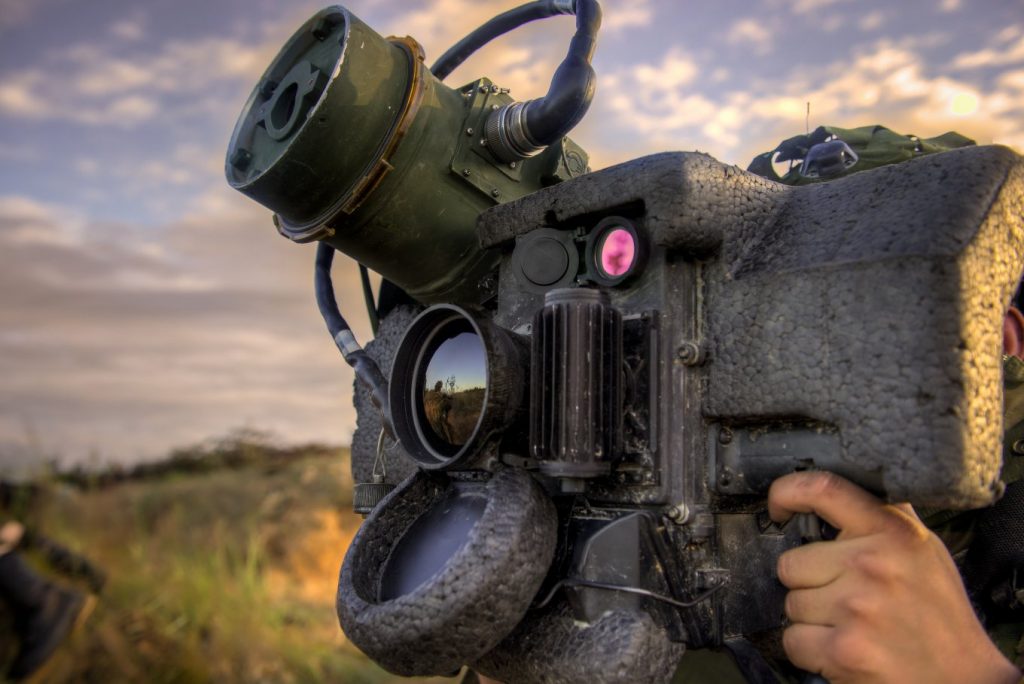
FGM-148 Javelin
Javelins are man-portable anti-tank systems (MANPATS or MPATS). Javelin Joint Venture has manufactured this weapon since 1986. And since 1996, it has been in the service of the US Army. These MPATS are designed to destroy armored vehicles, as well as protected objects such as bunkers, DOTs, and low-flying low-speed targets: helicopters and drones.
A key feature of Javelins is the thermal target identification and homing systems. After firing, the rocket spreads its tiny aerodynamic wings and zooms straight to the target, while the soldier either recharges, hides, or changes his position. In addition to the linear land-to-land approach, the Javelins can attack the target from 150 meters above, hitting the weakest part of armored vehicles — its roof.

These MPATS can hit targets anywhere from 150 to 2,500 meters. Thanks to the homing system, Javelins can be perfectly used at night and in foggy or snowy weather. Most importantly, these bad boys cannot be blocked or otherwise tricked. The missile lock onto the target’s infrared radiation, which means radio signals or other means of communication will not be able to interfere with it.
Javelins are currently considered the best and most effective anti-tank weapons in the world, so one missile costing 76k is quite understandable.
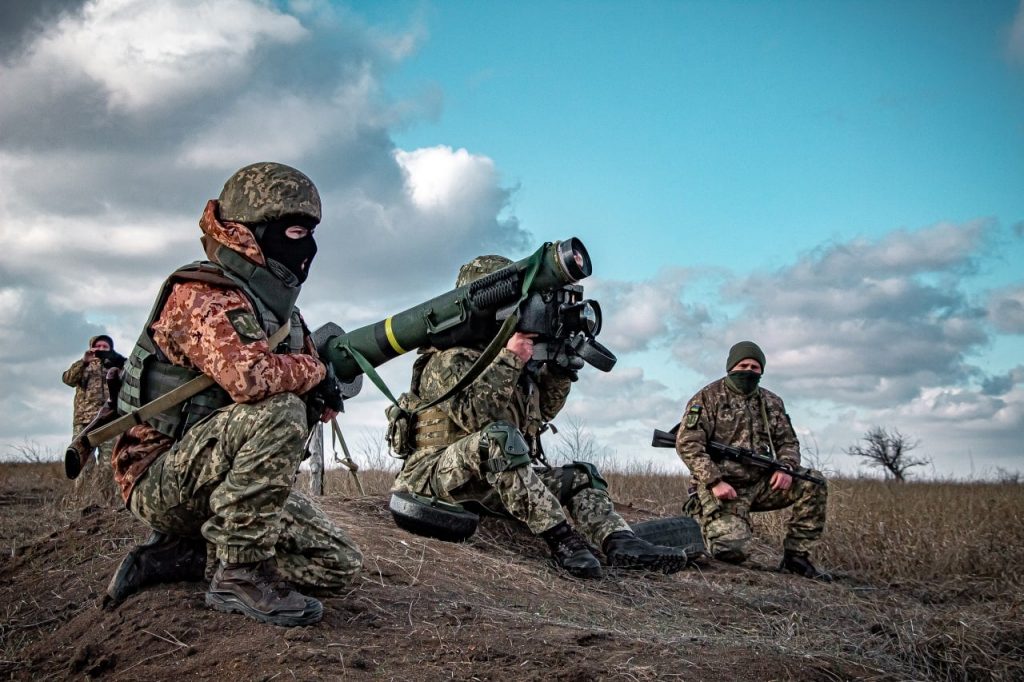
Bayraktar TB2
Bayraktar TB2 is a Turkish tactical unmanned combat aerial vehicle (UCAV) helping the Ukrainian warriors successfully destroy Russians and their military equipment. Fun fact: Russians have not been able to shoot down a single Bayraktar yet and most likely never will.
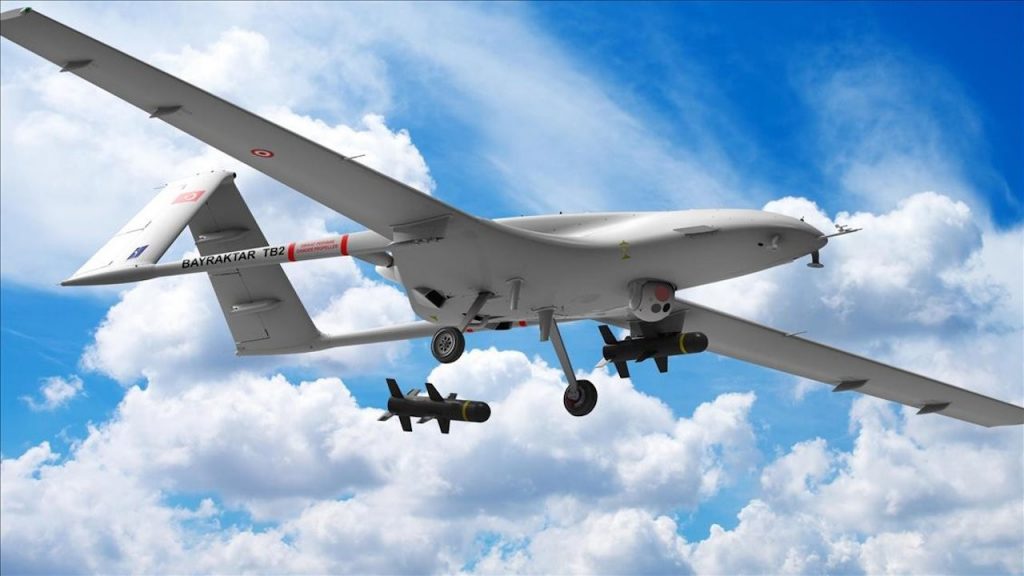
Being a medium-altitude long-range drone, Bayraktar TB2 can operate at medium altitudes from 3 to 9 km. The aircraft can stay up and running in the air for up to 24 hours, and with an effective range of up to 150 km, this thing can bring bad news to a whole nest of Russians. Instead of dropping bombs on tanks, the drone can also be used for recon missions without the enemy ever spotting its presence.
The wingspan of this bird is 12 m, and its length is 6.5 m. Therefore, it is a fairly large machine weighing 650 kg. The fuel tank holds about 300 liters of fuel, and you can attach up to 95 kg of ammunition. These can be an anti-tank missile with a range of 8 km, a high-precision high-explosive grenade, or an armor-piercing projectile — dealer’s choice.
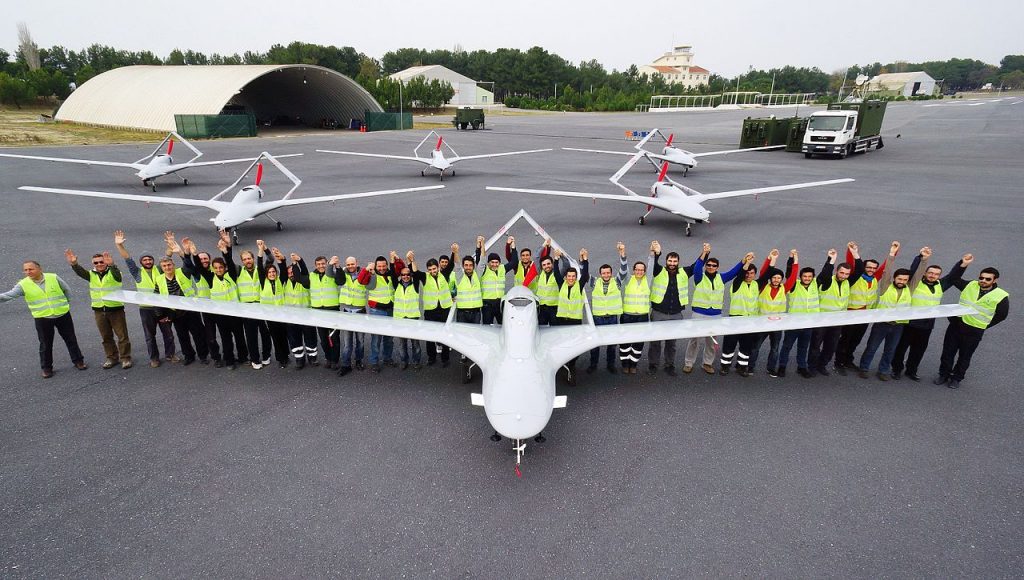
The maximum firing range of Bayraktar’s ammunition is 15 km, which allows the operators to keep the drone undetected, especially if the other party is not expecting an attack or does not have electronic detection systems specifically for unmanned aerial vehicles.
Aside from Javelins and Bayraktar drones, Ukrainian armed forces have other means of dispatching the Russian invaders, but these two have definitely turned the tides of war around. Ultimately, it doesn’t matter if you have ten tanks or 10,000, as long as Ukraine has plenty of Javelins and Bayractars. Keep sending those in, by the way!
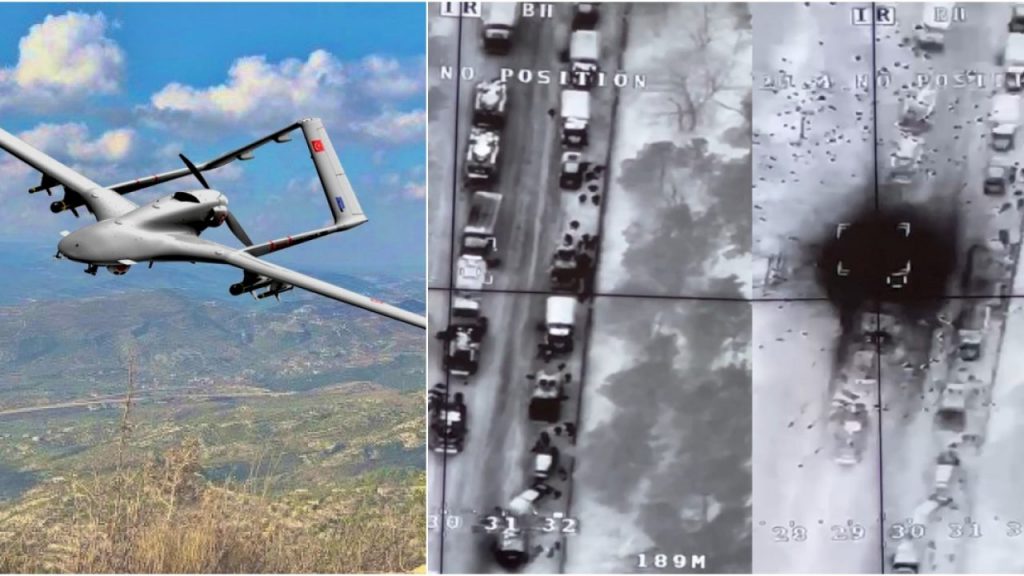
Glory to Ukraine!